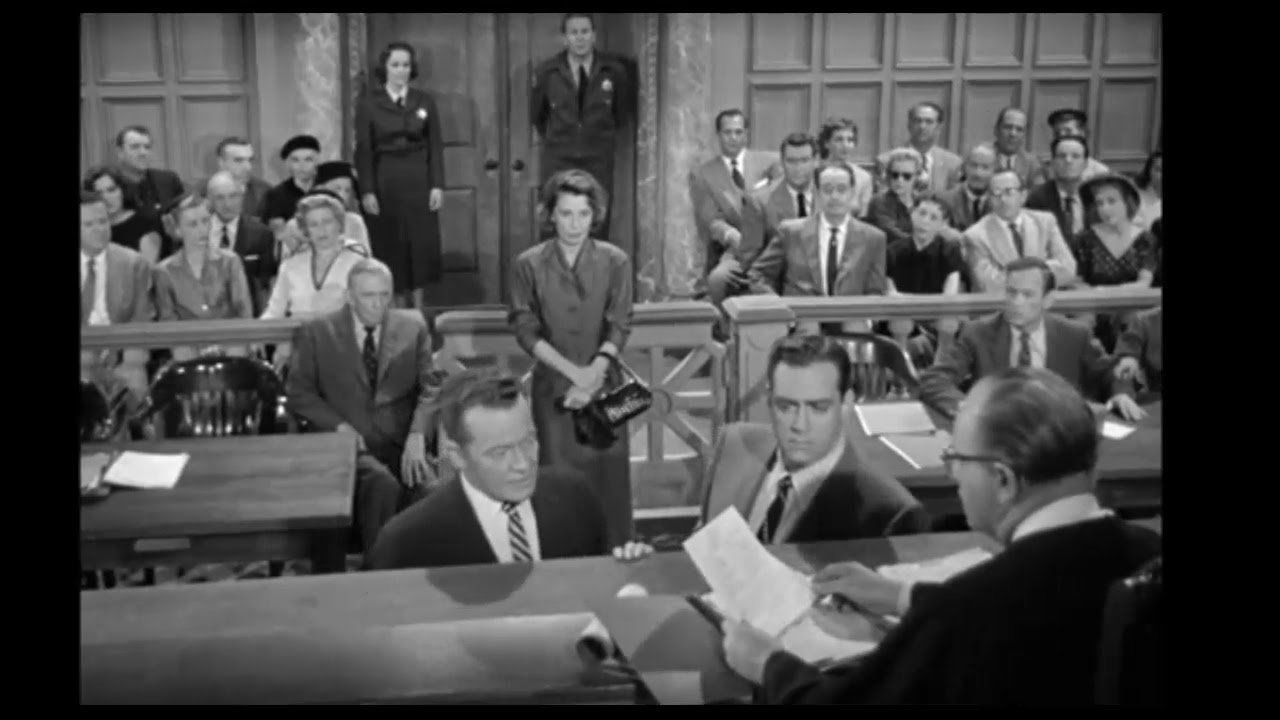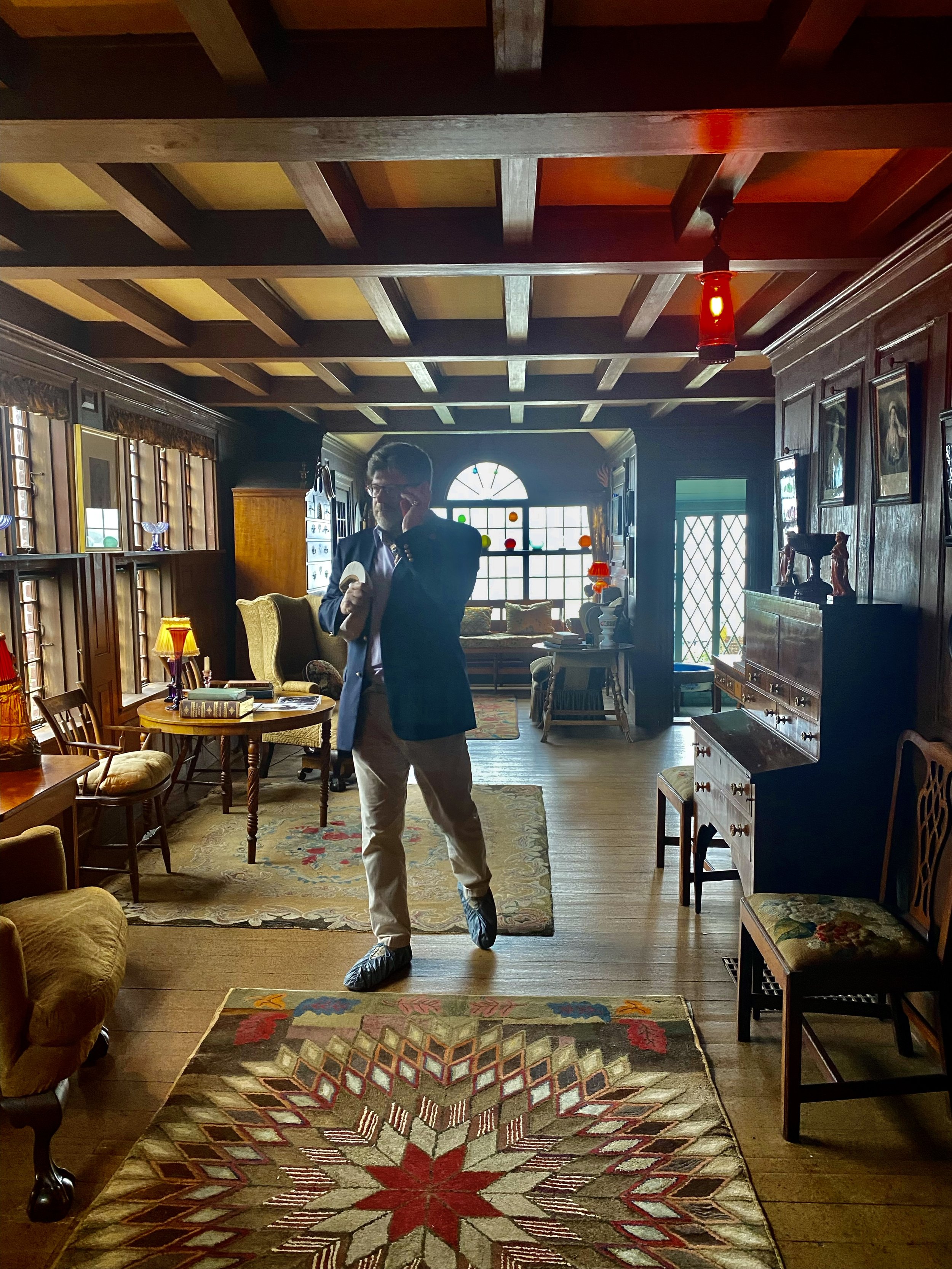Etiquetteer loves a good etiquette book of Days Gone By, and has delayed too long the temptation to delve into The Correct Thing in Good Society from 1888, by Mrs. Florence (Howe) Hall. She has structured her book so that a page of “It is the Correct Thing*” appears opposite “It is not the Correct Thing.” While it’s wonderful, in this century, to be free of the burden of leaving calling cards, and people no longer have dancing parties in private homes**, a surprising lot of Mrs. Hall’s advice remains Perfectly Proper today.
For instance, on the subject of correspondence, “It is the Correct Thing . . . To remember that ‘the written word remains,’ and therefore to write with due caution and clearness.” Contrast this with “It is not the Correct Thing . . . To write when angry, or to write threatening letters, thus getting one’s self into much trouble, and perhaps incurring lawsuits.” Death threats have become so alarmingly commonplace (but still alarming) in our national discourse. Lincoln’s famous advice — to write the angry letter and then never send it — remains the Best Correspondence Advice Ever. Set it aside for a day or so, and then either tear it up, or edit for clarity and temperature before sending. It should not be necessary to say this, but threatening death or physical violence is never right. If you find yourself moving in that direction, it’s time to take a step back and ask yourself some Important Questions.
On the subject of conversation***, “It is the Correct Thing . . . To remember that conversation should never turn into monologue,” and “ . . . To preserve a certain moderation in the very whirlwind of one’s talk, watching carefully for signs of fatigue or sleep in one’s listeners, and never allowing that unruly little member, the tongue, to run away with its owner.” Etiquetteer has more than once had to prod That Mr. Dimmick Who Thinks He Knows So Much on exactly this subject.
Finally, Mrs. Hall covers a topic dear to many lovers of etiquette, afternoon tea. “It is not the Correct Thing . . . To give an afternoon tea (calling it by that name), and provide coffee as the only drink, or to give a “kaffee-klatsch,” and provide only tea.” To this we could also add “decaf,” but Etiquetteer would invite tea-drinkers to remember that a private home is not a restaurant. To invite six people to afternoon tea and have to have five different tiny teapots instead of one large one is unthinkable. (Etiquetteer has always loved the story of the British ambassador attending a large tea in the FDR White House. When asked “Coffee, tea, or cocoa?” he replied “Madam, I was invited for tea!”****)
She also includes “It is not the Correct Thing . . . For guests to deposit their cups or plates in the drawing-room in a careless or awkward manner, setting them on varnished surfaces or on silken cloths, or too near the edge of a table, so that they will be likely to fall upon the floor.” Instructions like this betray the myth that everything and everyone in the past was Perfectly Proper. It simply was not so.
Etiquetteer may well have more to say about this enchanting volume later.
*Like Etiquetteer, Mrs. Hall does love her Random Capitalized Words.
**Or if they do, they aren’t inviting Etiquetteer.
***Now we have texting, which is, um, not quite the same thing.
****From Upstairs at the White House, by J.B. West.



































